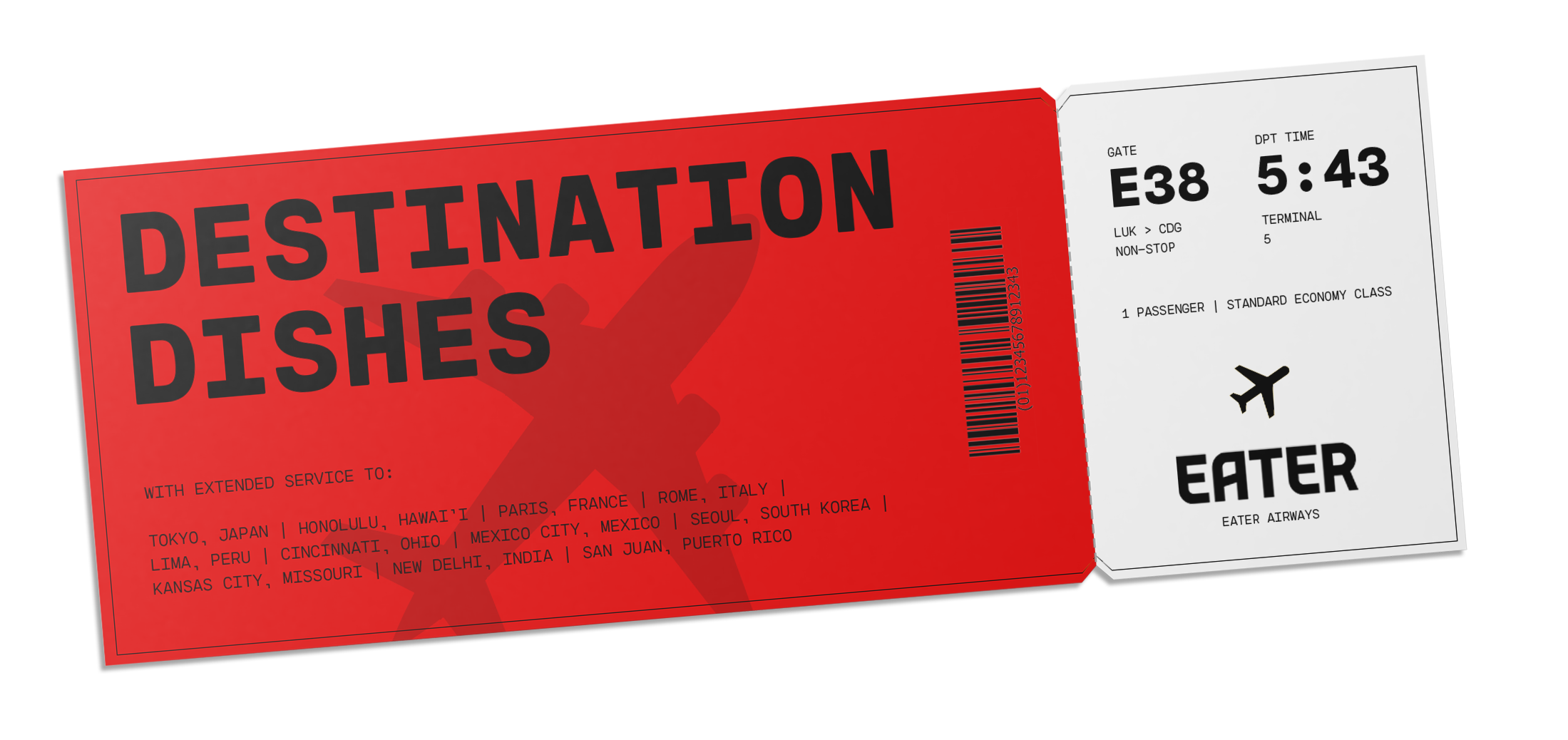Rome flies under the radar as Italy’s most exciting pizza destination. Sure, Naples has the clout and centuries-old pizza traditions, but what Rome lacks in history it more than makes up for in variety, quality, and flavor.
There are a few native styles in the Italian capital, all of which emerged in the 20th century. There are two notable varieties of pizza al taglio (by the slice), sold by weight to customers perched at high-top tables or standing in the street: pizza in teglia, which is baked in a pan and common in takeaway joints, and pizza alla pala, baked directly on the oven hearth and typically sold from bread bakeries. The city is also home to pizza tonda, an unsliced round with a crispy, chewy texture with barely any rim, which is typically served to seated customers with silverware. There are also Naples-inspired pizzerias serving soft, chewy, thick-rimmed pizza, plus a handful of pizzerias blending the styles of Naples and Rome, delivering crust with a little more crunch. Then there are all the other pizzerias where chefs are just serving whatever they want.
Regardless of where you enjoy your next slice, be sure to start your pizza meal as a Roman would, with lots of fried starters like supplì (rice croquettes), crocchette di patate (potato croquettes), fiori di zucca (squash blossoms filled with mozzarella and salted anchovies), and so many more crispy treats.
Katie Parla is a Rome-based food and beverage journalist, culinary guide, and award-winning cookbook author. She is the host of Katie Parla’s Rome and Katie Parla’s Roman Kitchen on Recipe.TV, and the co-host of the GOLA podcast about Italian food and drinks culture.
Read More
/cdn.vox-cdn.com/uploads/chorus_image/image/54890211/shutterstock_1032908740.1509553922.jpg)
/cdn.vox-cdn.com/uploads/chorus_image/image/73282725/_DSC9433.0.jpg)
/cdn.vox-cdn.com/uploads/chorus_image/image/55495239/Singbury_167.156.jpg)
/cdn.vox-cdn.com/uploads/chorus_image/image/71003454/ADL_0543.0.jpg)

/cdn.vox-cdn.com/uploads/chorus_image/image/59677109/DSC_0246.41.jpg)
:no_upscale()/cdn.vox-cdn.com/uploads/chorus_image/image/71003436/La_Gatta_Mangiona.0.jpeg)
:no_upscale()/cdn.vox-cdn.com/uploads/chorus_image/image/71003437/Panificio_Bonci_credit_irene_mattacchioni_.0.jpg)
:no_upscale()/cdn.vox-cdn.com/uploads/chorus_image/image/71171482/ADL_0717.0.jpg)
:no_upscale()/cdn.vox-cdn.com/uploads/chorus_image/image/71003441/ADL_1552.0.jpg)
:no_upscale()/cdn.vox-cdn.com/uploads/chorus_image/image/71003442/_ALE2374.0.jpeg)
/cdn.vox-cdn.com/uploads/chorus_image/image/59619873/Bonci_McCarron_4.1525871366.jpg)
:no_upscale()/cdn.vox-cdn.com/uploads/chorus_image/image/71003443/antico_forno_roscioli.0.jpeg)
:no_upscale()/cdn.vox-cdn.com/uploads/chorus_image/image/71003446/Pizzeria_Ostiense_Credit_Pizzeria_Ostiense_3.0.jpeg)
:no_upscale()/cdn.vox-cdn.com/uploads/chorus_image/image/71003447/Piccolo_Buco__Credit_Piccolo_Buco_2.0.jpeg)
:no_upscale()/cdn.vox-cdn.com/uploads/chorus_image/image/71003448/A_Rota_Credit_Andrea_Di_Lorenzo_and_Giulio_Di_Mauro_1.0.jpg)
:no_upscale()/cdn.vox-cdn.com/uploads/chorus_image/image/71003449/180grammi_Credit_Coffee_and_Lucas_my_mediastudio.0.jpg)
:no_upscale()/cdn.vox-cdn.com/uploads/chorus_image/image/71003450/pro_loco_dol.0.jpeg)